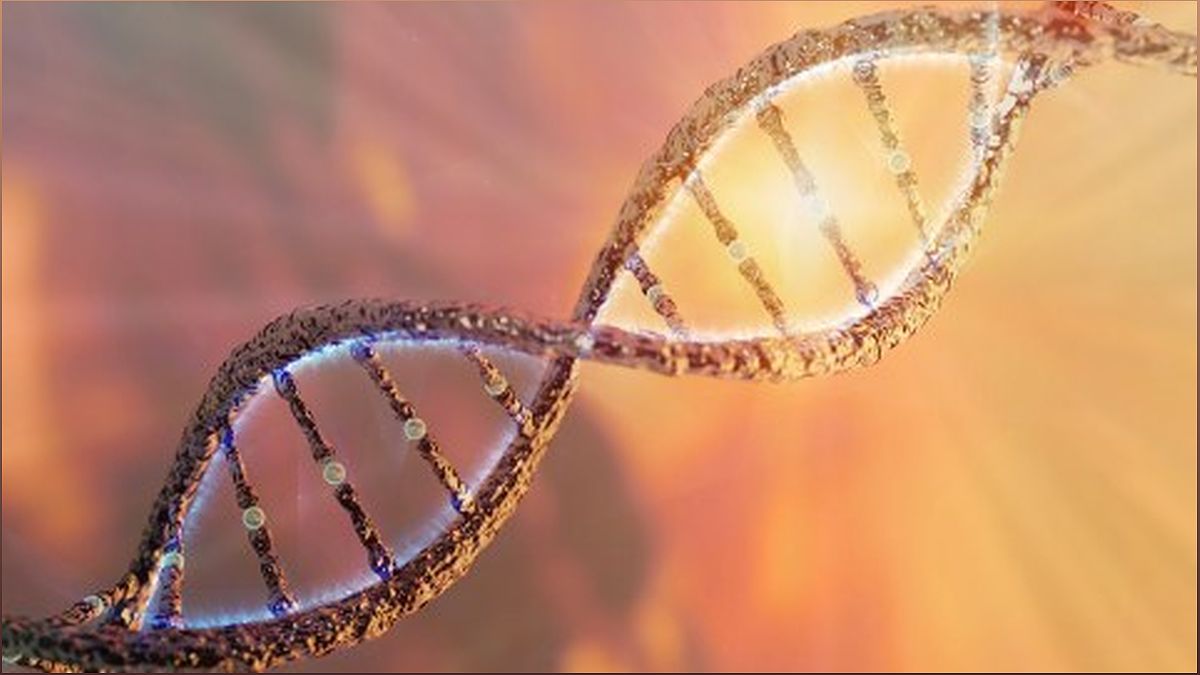In a groundbreaking experiment, Chinese scientists have used gene therapy to correct a mutation in mice that caused them to exhibit autistic behaviors. This achievement marks the first successful attempt to reverse autistic behaviors in an animal model of autism spectrum disorder (ASD) using genome editing. By genetically engineering mice with a mutated MEF2C gene and using base editing, the researchers were able to correct the mutation and restore the animals' behavior to normal. This breakthrough holds promise for developing therapeutic approaches for individuals with genetic neurodevelopmental disorders, including ASD. While challenges remain before this approach can be applied to humans, such as addressing safety concerns and practical delivery of the therapy, this study provides valuable data and paves the way for future advancements in gene therapies for neurodevelopmental disorders.
Understanding Autism Spectrum Disorder (ASD)
Autism Spectrum Disorder (ASD) refers to a range of conditions characterized by challenges with social skills, repetitive behaviors, and poor communication. It affects approximately one in 36 children in the United States.
ASD is believed to have a combination of environmental and genetic factors as its causes. Scientists have identified several genes, including the MEF2C gene, that greatly increase the risk of autism when mutated.
MEF2C is directly involved in skeletal muscle growth and blood vessel formation, potentially playing a role in structuring the brain's cerebral cortex. A mutation in MEF2C can result in severe ASD symptoms in humans, including speech impairment, teeth grinding, and epilepsy.
Gene Therapy: Correcting Mutations in Mice
In this groundbreaking experiment, Chinese scientists genetically engineered mice with a mutated MEF2C gene, causing them to exhibit autistic behaviors.
Using a precise form of genome editing called base editing, the researchers successfully corrected the mutation in the mice. Base editing targets single nucleotides on the DNA strand, allowing for more accurate and specific changes to the genome.
The corrected mice showed a return to normal behavior, indicating the potential of gene therapy in reversing autistic behaviors caused by genetic mutations.
Overcoming Challenges in Human Application
While the successful gene therapy experiment in mice is promising, there are still significant challenges to overcome before this approach can be applied to humans.
Safety concerns regarding potential off-target effects of the editing tool need to be addressed. Additionally, delivering the therapy to the larger human brain poses practical challenges.
Furthermore, base editing is only effective for small, specific mutations in single genes, which is rare in complex disorders like autism. Therefore, it may be applicable to individuals most profoundly affected by the disorder rather than a universal cure for all forms of autism.
Expanding the Potential of Gene Therapy
The success of using gene therapy to correct autism mutations in mice opens up possibilities for treating other neurodevelopmental disorders.
Disorders such as Rett syndrome, Fragile X syndrome, Angelman syndrome, and Pitt-Hopkins syndrome could potentially be targeted using similar gene therapy approaches.
Further research and advancements in gene therapies hold promise for developing effective treatments for a range of genetic neurodevelopmental disorders.
Conclusion: A Step Forward in Autism Research
The successful use of gene therapy to correct autism mutations in mice represents a significant step forward in the pursuit of treatments for Autism Spectrum Disorder (ASD).
While there is still much work to be done before this approach can be translated to human patients, this study provides valuable data and paves the way for future advancements in gene therapies for neurodevelopmental disorders.
By understanding the genetic factors contributing to ASD and developing targeted therapies, researchers are inching closer to improving the lives of individuals with autism and their families.

